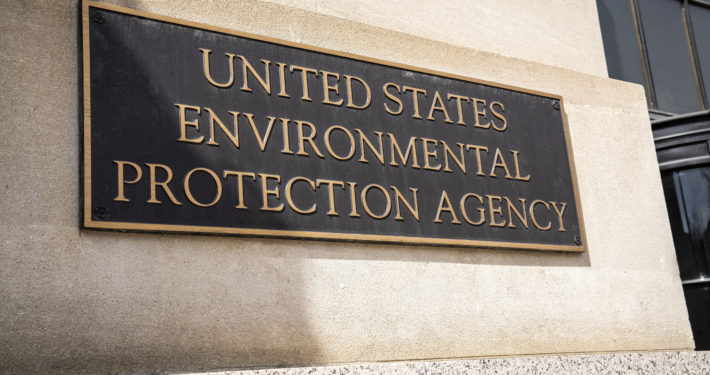Understanding the Differences Between FDA and EPA Regulations for Consumer Products
Navigating the Federal Agencies that regulate consumer products like Insect Repellents and Hand Sanitizers
By: Richard Rich
When it comes to ensuring the safety and effectiveness of consumer products, it’s important to understand the roles and responsibilities of the Food and Drug Administration (FDA) and the Environmental Protection Agency (EPA). These agencies have distinct regulations and laws that they enforce, and it’s essential to know the difference between them to ensure that you are using products that have been properly evaluated and approved.
The FDA is responsible for regulating products that are consumed by the body, such as food, drugs, and cosmetics. The Federal Food, Drug, and Cosmetic Act is the primary law that gives the FDA authority to regulate these products. This law requires that food, drugs, and cosmetics be safe and properly labeled. The FDA also enforces laws related to the safety of medical devices, radiation-emitting products, and tobacco products.
One example of a product regulated by the FDA is hand sanitizer. Hand sanitizers are considered over-the-counter (OTC) drugs, which means that before they can be marketed to consumers, the manufacturer must submit data to the FDA showing that the product is safe for use and that it does not pose a significant risk of injury to consumers. The FDA will then review the data and approve the product if it meets the agency’s standards. For OTC drugs there are monographs for different categories that work like a recipe book of what is acceptable. These monographs make it possible for companies to make safe and effective products without FDA pre-approval.
The EPA is responsible for regulating products that are applied to surfaces, with the exception of insect repellents that can be applied to the body. The Federal Insecticide, Fungicide, and Rodenticide Act (FIFRA) is the primary law that gives the EPA authority to regulate these products. Under FIFRA, all pesticides, including surface disinfectants and sanitizers, must be registered with the EPA before they can be sold or distributed in the United States. In order to be registered, a pesticide must be shown to be effective at controlling the pests it is intended to target and must not pose an unreasonable risk to human health or the environment when used according to the label instructions.
It’s also important to note that some products are combination of different types of products and are regulated by both agencies. For example, a product that combines sunscreen and insect repellent would be regulated by both the FDA and the EPA. The FDA would evaluate the safety and effectiveness of the sunscreen portion of the product, while the EPA would evaluate the safety and effectiveness of the insect repellent portion of the product.
In conclusion, the FDA and the EPA play important roles in ensuring the safety and effectiveness of consumer products. The FDA is responsible for regulating products that are consumed by the body, such as food, drugs, and cosmetics, while the EPA is responsible for regulating products that are applied to surfaces, with the exception of insect repellents. It’s important to understand the laws and regulations that give these agencies authority, as well as the different standards and requirements that apply to different types of products, to ensure that you are using products that have been properly evaluated and approved for safety and effectiveness.







